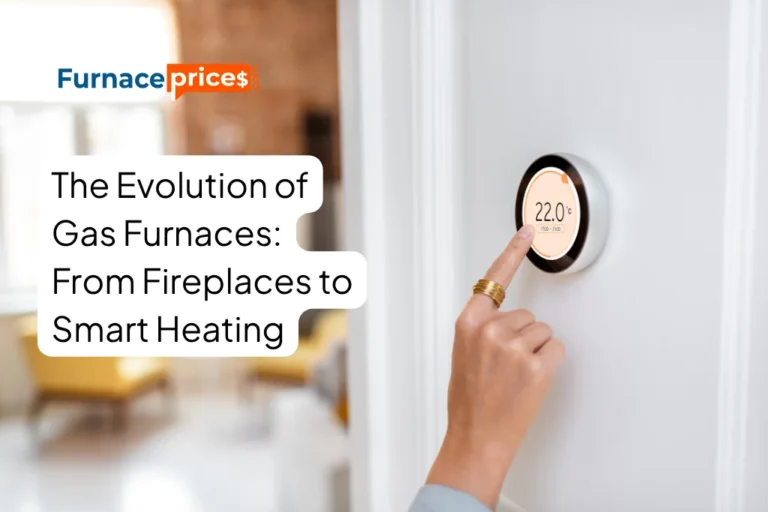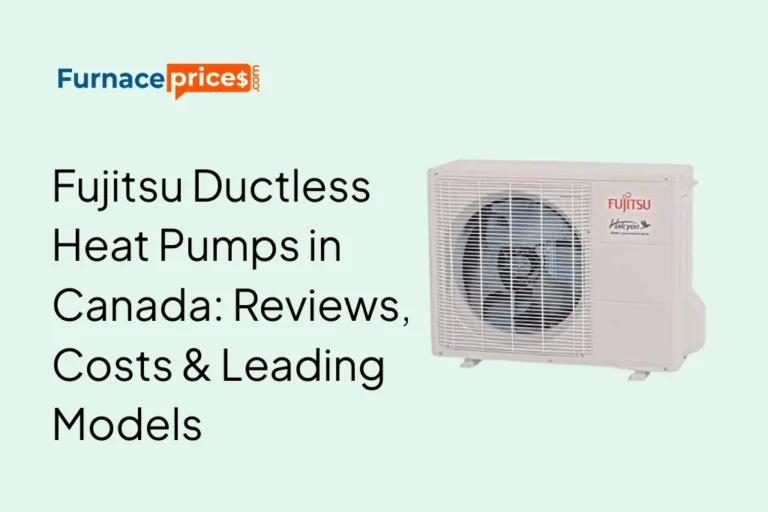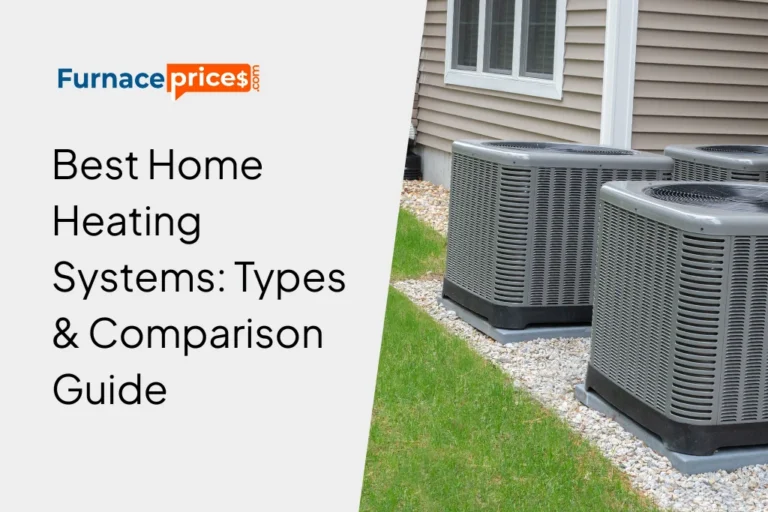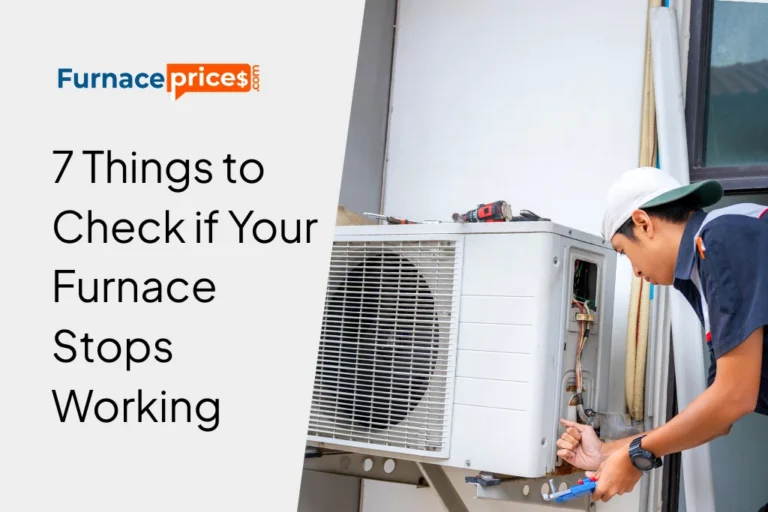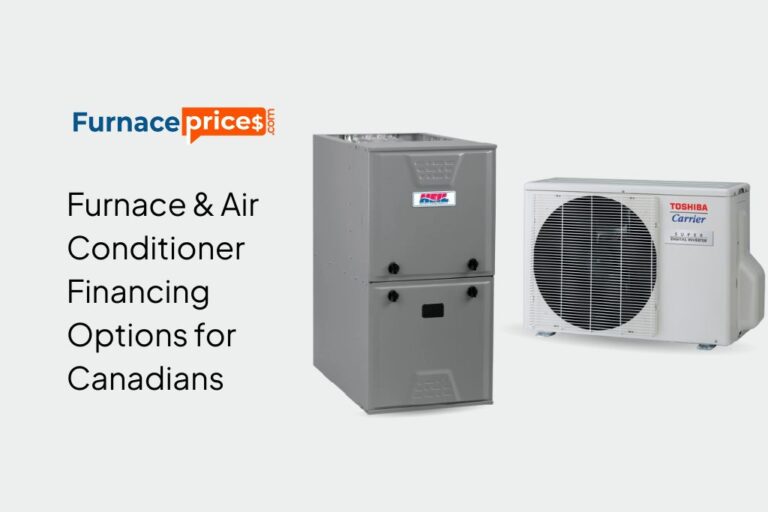Signs Your Furnace Needs Replacement – Canadian Homeowner Guide
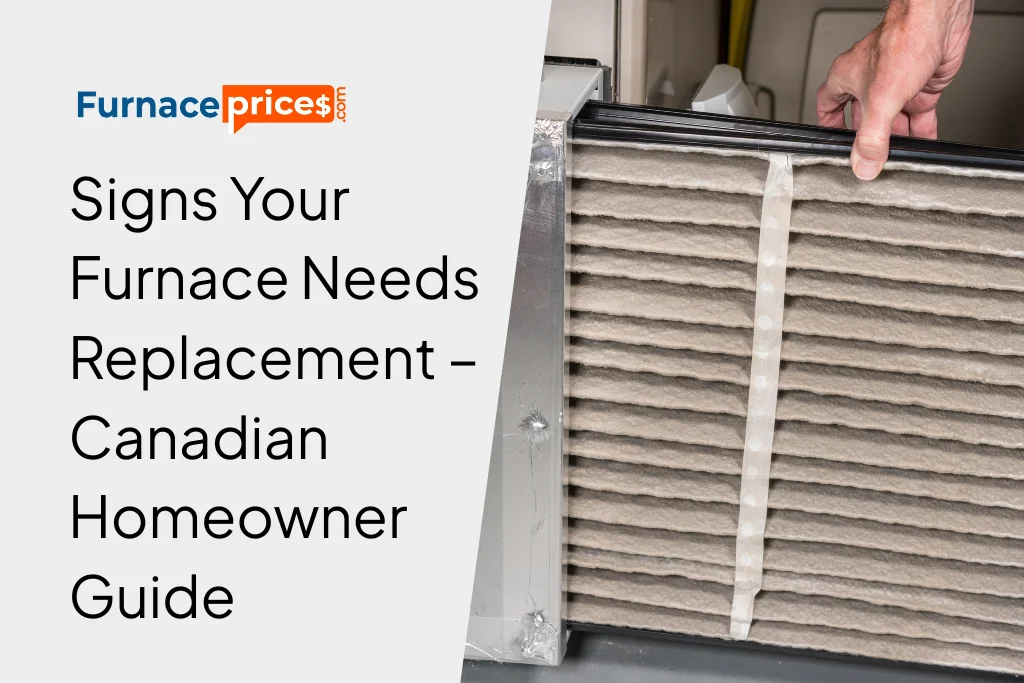
The average Canadian household spends over $4,000 annually on energy costs alone. While a large portion of that goes toward gasoline and other fuels, home heating is a significant contributor as well. In fact, space heating often accounts for more than 60% of energy consumption in a typical Canadian home. This number can be even higher if your furnace is old or operating inefficiently. These are key Signs Your Furnace Needs Replacement to maintain comfort and energy efficiency.
To help homeowners make informed decisions, we’ve compiled a guide to the signs that indicate you may need a new furnace. Read on to learn how to identify when it’s time to replace your current system.
Your Furnace Is More Than a Decade Old
Furnaces generally have a lifespan of 15 to 25 years. However, to reach that age, they require annual maintenance and cleaning. Without regular servicing, components can wear out faster, leading to decreased efficiency and higher energy costs.
Even furnaces designed to last 25 years can show significant wear after 10 years if maintenance has been neglected. Issues such as worn-out belts, dirty burners, or failing motors can accelerate the decline of your system. Additionally, older furnaces may lack modern efficiency features such as variable-speed blowers or advanced heat exchangers that help lower energy bills.
If your gas furnace is over a decade old, it may be time to consider a replacement. Upgrading to a high-efficiency model can help maximize energy savings, provide more consistent heat, and improve overall comfort in your home. It’s also worth noting that newer units are designed to work more quietly and can improve indoor air quality with better filtration systems. These are clear signs your furnace needs replacement.
Your Energy Bills Keep Rising
Older furnaces often have lower Annual Fuel Utilization Efficiency (AFUE) ratings, which measure how efficiently a furnace converts energy into heat.
Heating systems from the 1990s or earlier frequently operate at around 80% AFUE at their peak performance, which can decline further with age and lack of maintenance. This inefficiency means your furnace is using more energy to achieve the same level of warmth, resulting in higher utility bills.
Modern furnaces typically have AFUE ratings of 90% or higher. Some high-efficiency models even approach 100%, converting almost all consumed energy into usable heat. This can translate to hundreds of dollars in annual energy savings, especially in regions with long, cold winters like Ontario.
It’s also important to remember that energy efficiency isn’t just about the furnace itself. Poor insulation, leaky ductwork, or drafty windows can all reduce your system’s efficiency. Licensed HVAC professionals can perform detailed home assessments to identify whether your furnace is underperforming or if additional improvements, such as sealing air leaks or upgrading insulation, are necessary.
Consecutive Furnace Breakdowns
Frequent repairs are often a clear sign that a furnace is nearing the end of its useful life. Multiple service calls in a single heating season may indicate that other components will soon fail as well.
Repair costs vary significantly. Minor fixes, such as cleaning or replacing flame sensors, typically cost a few hundred dollars, while larger repairs such as a heat exchanger replacement can range from $1,200 to $2,400. Repeated failures not only increase costs but can also compromise the reliability of your home’s heating system during extreme weather.
At that point, investing in a new furnace often makes more financial sense. Furnace installation, including labour and the cost of a new unit, typically starts around $3,000 in Canada, with high-efficiency models starting closer to $3,500. While this is a considerable upfront cost, new furnaces offer warranties on both parts and labour, reducing the risk of unexpected expenses. A modern, efficient system also lowers your energy bills and requires only routine annual maintenance to maintain performance, helping offset the initial investment over time.
Gas Leaks Due to Severe Furnace Damage
Improper installation or neglected maintenance can sometimes lead to dangerous gas leaks, including natural gas and combustion gases. While these issues are rare, being aware of the risks is essential. If a licensed professional deems your furnace unsafe, they may need to take it out of service immediately.
Natural Gas Leaks
Natural gas is one of the cleanest and safest fuels available, but exposure can still pose health risks by displacing oxygen in the air. Leaks may occur due to damaged gas lines or malfunctioning furnaces.
Pure natural gas is colourless, odourless, and tasteless, so gas companies add a chemical called mercaptan, which gives it a distinctive rotten egg smell. If you detect this odor, turn off your gas supply and furnace immediately, evacuate your home, and contact your local utility and a licensed HVAC contractor.
Minor leaks are usually repairable. However, if the leak is severe and your furnace is older, replacement may be the safest and most cost-effective option. Additionally, modern furnaces are built with improved safety features that detect leaks early, reducing the risk of serious incidents.
Combustion Gas Leaks
Fuel-burning furnaces produce carbon monoxide (CO) and other combustion gases. A properly installed furnace contains these gases using its heat exchanger, which acts as a barrier between combustion and your home.
Over time, the repeated expansion and contraction of the metal in the heat exchanger can cause cracks. When this occurs, dangerous gases may leak into your living space. Carbon monoxide is particularly hazardous as it is invisible, odourless, and tasteless. Even low-level exposure can lead to headaches, dizziness, or nausea. Between 2002 and 2016, CO poisoning led to over 3,000 hospitalizations across Canada.
If you suspect CO exposure, shut off your furnace and leave the house immediately. Seek medical attention at a clinic or hospital. Your furnace should also be inspected promptly by a qualified HVAC contractor. If the heat exchanger is damaged, a full replacement is often more cost-effective than repeated repairs.
It’s also a good idea to have CO detectors installed on every level of your home, especially near bedrooms and the furnace. This provides an added layer of safety, alerting you to potential hazards before they become life-threatening.
Keep Your Home Healthy and Warm With a New Furnace
Age, rising energy bills, and signs of severe damage are all strong indicators that it may be time for a new furnace. If you’re uncertain whether to repair or replace your unit, a licensed technician can provide a professional assessment.
Delaying necessary repairs or replacements can leave you without heat during the cold Canadian winter, which can quickly become unsafe. A properly functioning, high-efficiency furnace ensures your home stays warm and healthy while helping control energy costs.
When you’re ready to explore replacement options, consider contacting licensed HVAC professionals in your area. They can help you select a furnace suited to your home’s size, energy needs, and budget, and provide quotes for comparison. Regular maintenance of your new furnace will extend its lifespan and maintain peak efficiency, keeping your home comfortable for years to come.
For more information on energy efficiency standards and incentives in Canada, visit Natural Resources Canada.
📞 Have questions? Contact us or email us at contact@furnaceprices.com.
✅ Start comparing today and make the right choice with confidence!


